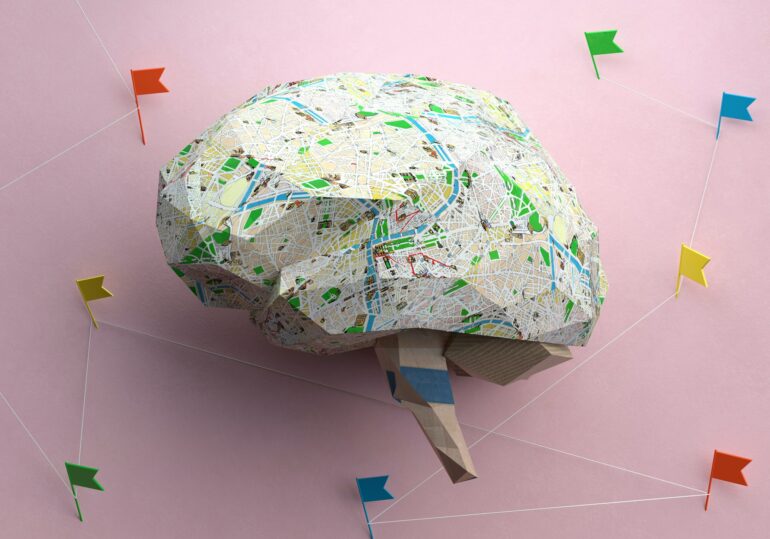The brain plays an essential role in how people navigate the world by generating both thought and behavior. Despite being one of the most vital organs of life, it takes up only 2% of human body volume. How can something so small perform such complex tasks?
Luckily, modern tools like brain mapping have allowed neuroscientists like me to answer this exact question. By mapping out how all the cell types in the brain are organized and examining how they communicate with one another, neuroscientists can better understand how brains normally work, and what happens when certain cell parts go missing or malfunction.
The history of brain mapping
The task of understanding the inner workings of the brain has fascinated both philosophers and scientists for centuries. Aristotle proposed that the brain is where spirit resides. Leonardo da Vinci drew anatomical depictions of the brain with wax embedding. And Santiago Ramón y Cajal, with his 1906 Nobel Prize-winning work on the cellular structure of the nervous system, made one of the first breakthroughs that led to modern neuroscience as we know it.
Using a new way to visualize individual cells called Golgi staining, a method pioneered by Nobel co-winner Camillo Golgi, and microscopic examination of brain tissue, Cajal established the seminal neuron doctrine. This principle states that neurons, among the main types of brain cells, communicate with one another via the gaps between them called synapses. These findings launched a race to understand the cellular composition of the brain and how brain cells are connected to one another.
The CLARITY technique renders whole brains transparent so they can be examined at the molecular level.
Neuroscience has since experienced a rapid explosion of new experimental tools. Jumping forward 100 years to today, modern tools called neurotechniques, which include brain mapping, have given neuroscientists a way to closely inspect every component of the brain. My lab has been utilizing these brain mapping tools to understand what cell types make up the brain and how they contribute to the creation of cognition.
The science of brain mapping
So how does brain mapping work?
Scientists first need to label, or visualize, a specific cell type. The process is like finding a needle in a haystack – it would be a lot easier to find if the needle, or cell type, glowed. This can be done with either genetic or immunostaining methods. The genetic method takes advantage of animals, like mice, that can be genetically engineered so only the target cell type is visible under specific fluorescent lights. Immunostaining methods, on the other hand, render brain samples transparent with a special chemical treatment and use antibodies to label the target cell type with a fluorescent tag.
The next step is to image the whole brain using microscopy techniques that allow scientists to view parts too small for the…



